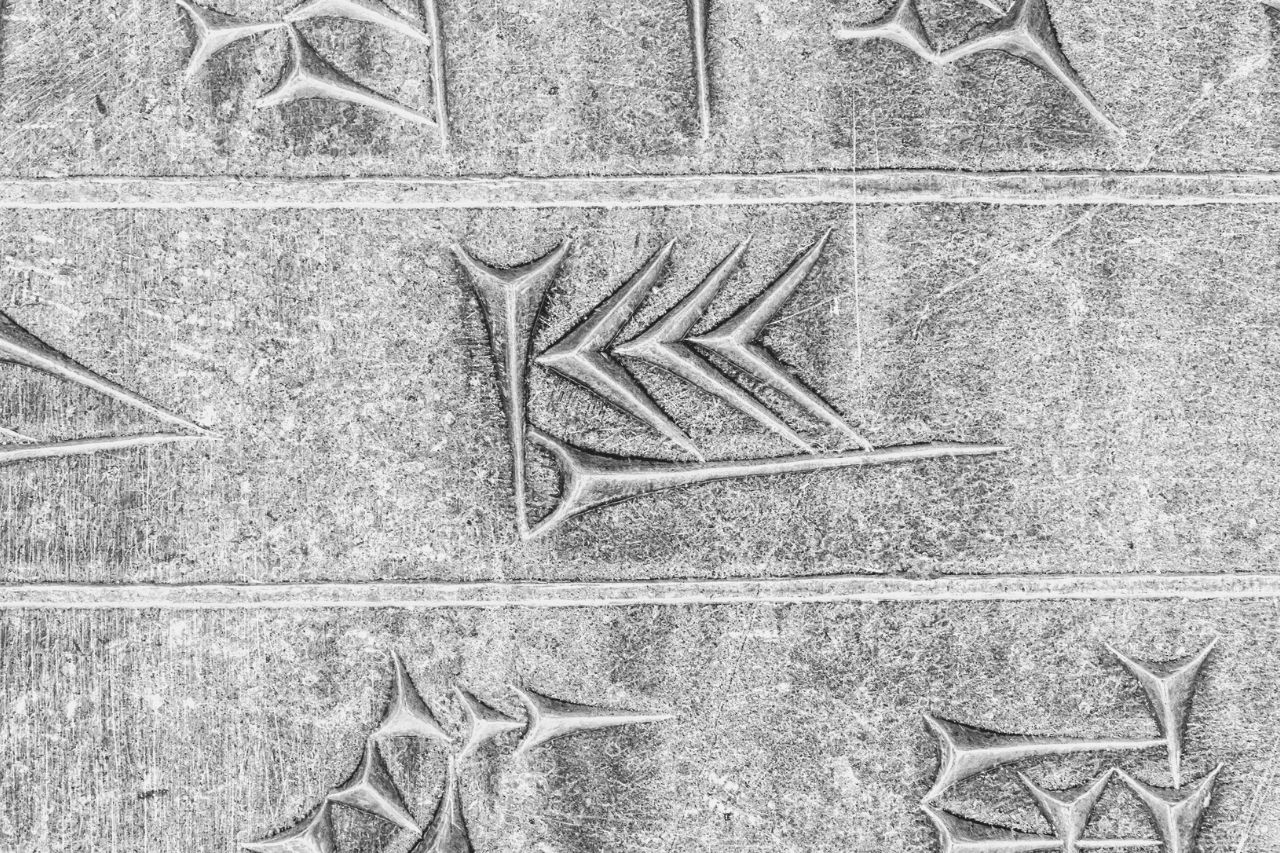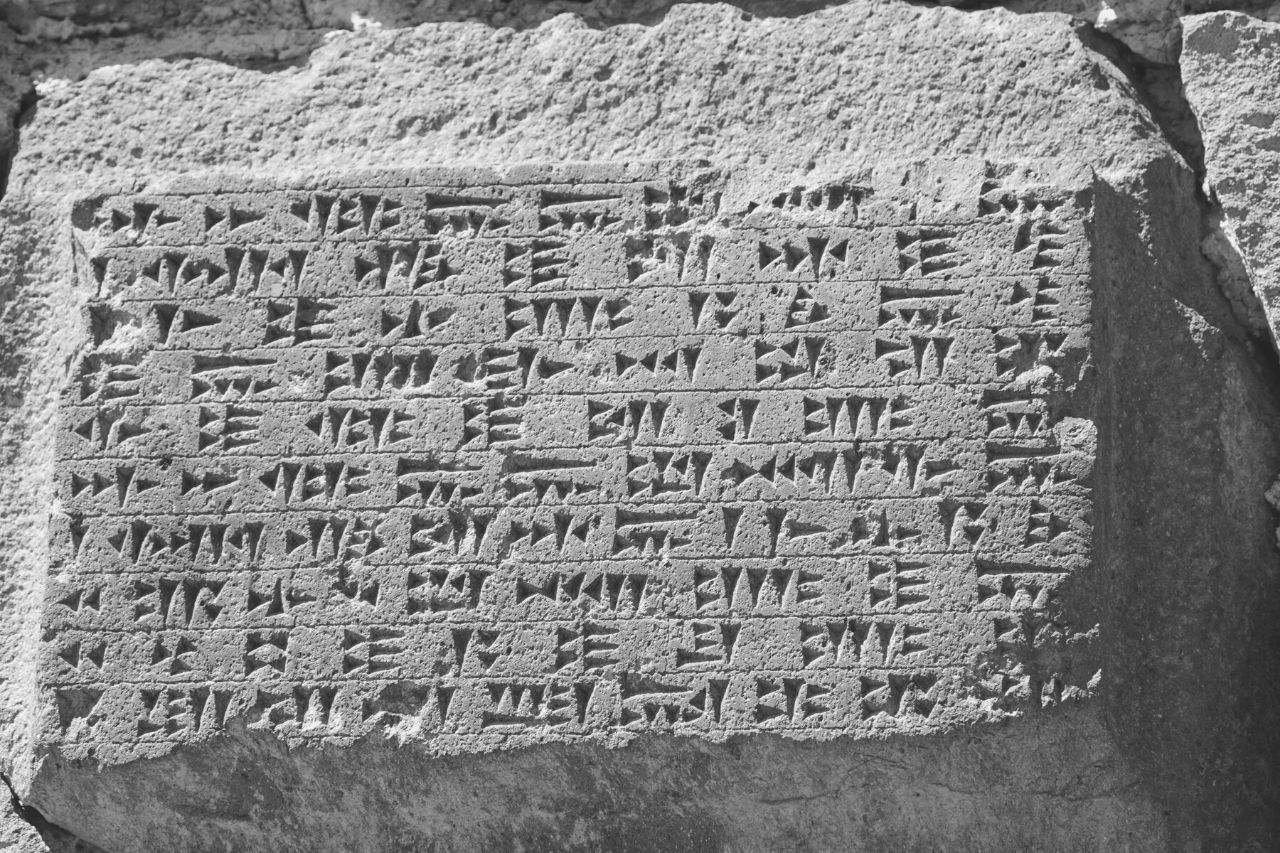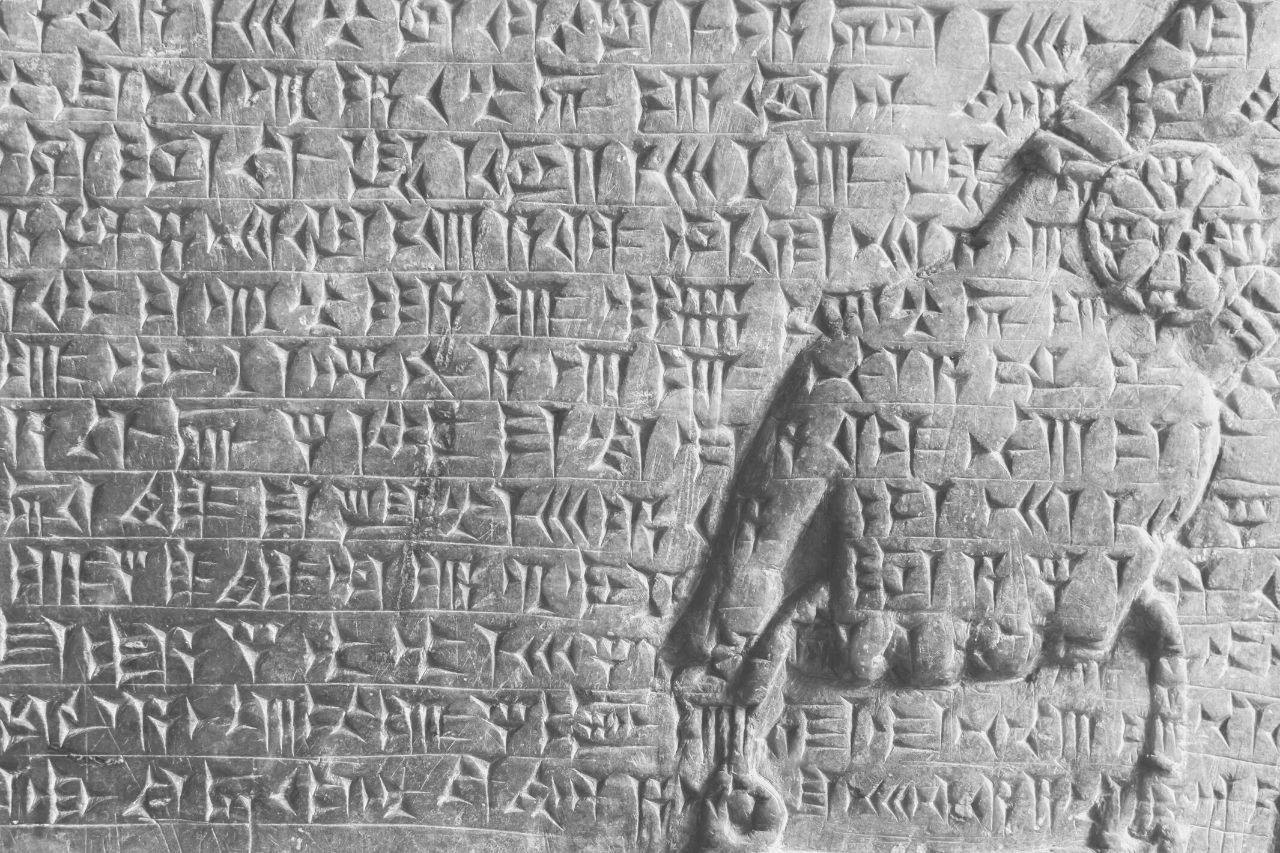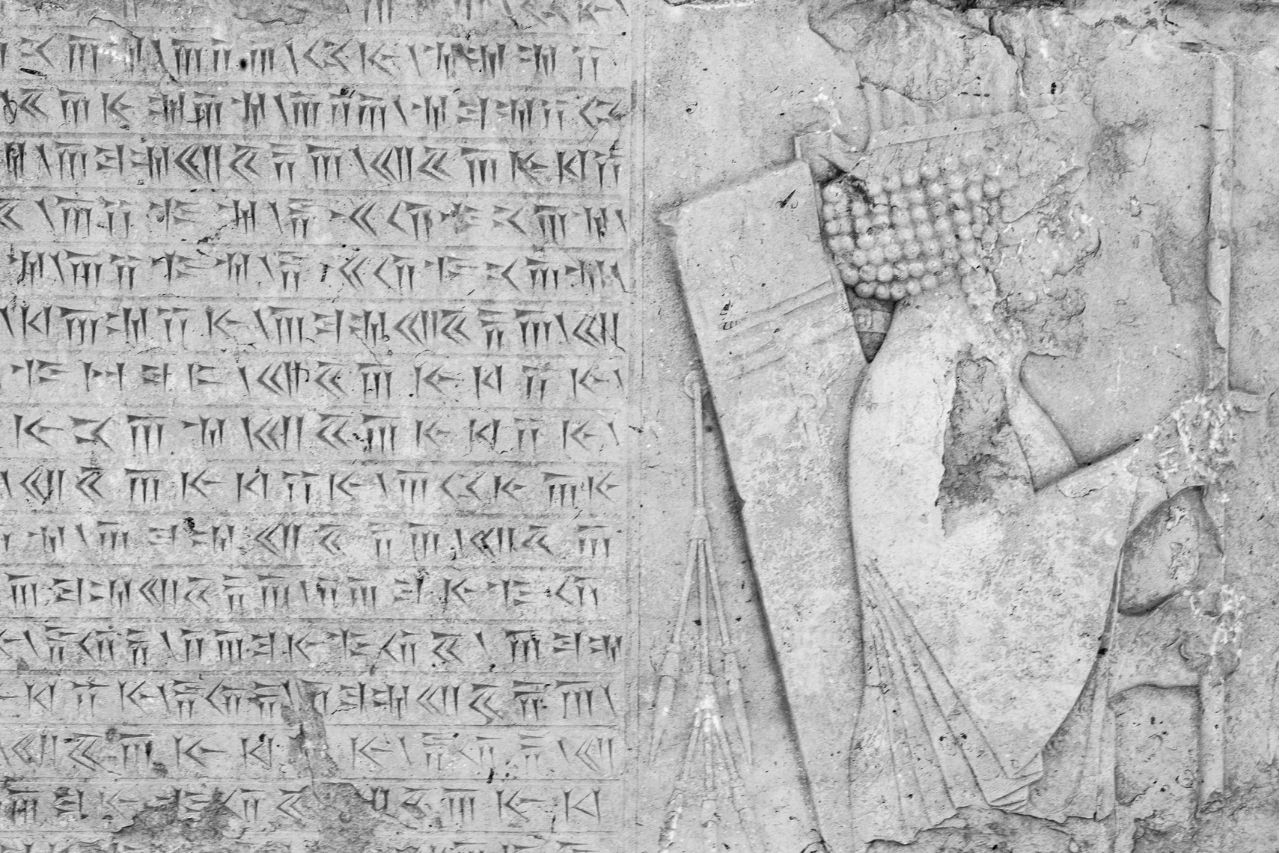Mesopotamian Record Keeping: The Origins and Invention of Cuneiform
Mesopotamian record-keeping was the reason literacy in the Near East and the rest of the world was born. The development of writing in Mesopotamia was due to the need to keep track of trades. Around 3200 BC is when Mesopotamian cuneiform was born.
Before paper was in use, the Mesopotamians used clay tablets to inscribe pictographs that represented syllables and full words. Cuneiform means “wedge-shaped” due to the imprints made into clay. They used a stylus of cut reeds to make these shapes.
Writing in Mesopotamia started way before cuneiform was developed fully. Cuneiform evolved from older markings of tallying to record numerical value, which evolved into clay tokens to label different goods and crops.
The tokens were also used as receipts after bartering and trading transactions. Cuneiform was also used to keep track of temple and religious activities and astronomical activities. Using clay tokens transformed into clay tablets, as the invention of writing in Mesopotamia originally had a practical use for traders and accountants.
Through this form of accounting, the writing of Mesopotamia was attached with distinct sounds and syllables, weaving it into a form of written communication.
Scientists and archaeologists have documented the evolution of cuneiform. It’s been divided into three phases of development:
Clay tokens: held numerical value and were used for accounting and receipts
Two-dimensional pictographs: transferred from three-dimensional clay tokens to two-dimensional symbols on flat surfaces
Symbols representing sounds: soon, these symbols began to match with the spoken language
Scientists debated whether the Mesopotamian form of writing was the source of writing since Egyptian hieroglyphs seemed to form out of nowhere, independently from cuneiform, around the same time as Mesopotamian cuneiform.
Furthermore, there is evidence of a fully formed hieroglyphic system at a site in Abydos, Egypt, around 3400 BC, slightly earlier than the Mesopotamian cuneiform. Though, both Mesopotamian cuneiform writing and Egyptian hieroglyphs have evidence of being used in earlier primitive forms about 1,000 to 2,000 years before the full development of their systems around 3500-3200 BC.
Mesopotamian Writing: Who Used Cuneiform?
Cuneiform originated in Sumer and spread throughout Mesopotamia. Sumerian cuneiform was soon adopted by the Akkadians and spread through war and conquering of the surrounding city-states. To quote, on the Encyclopedia Britannica’s topic of cuneiform,
“The expansion of cuneiform writing outside Mesopotamia began in the 3rd millennium when the country of Elam in southwestern Iran was in contact with Mesopotamian culture and adopted the system of writing. The Elamite sideline of cuneiform continued far into the 1st millennium BCE when it presumably provided the Indo-European Persians with the external model for creating a new simplified quasi-alphabetic cuneiform writing for the Old Persian language.”
Different countries in Mesopotamia had different languages; languages differed from Sumer, Babylon, Akkad, etc. Cuneiform was morphed to fit the phonetics of other languages. For example, cuneiform in Sumer and Babylon were based on syllables and full object association. While cuneiform in Ugarit and Ebla were semi-alphabetized and based on consonants, similar to Egyptian hieroglyphs.
Mesopotamian cuneiform was, for a short period, the lingua franca. Despite the social and judicial power cuneiform held, it was replaced by the Phoenician alphabet. The Phoenician alphabet was a phonetic system with 22 letters that represent consonants.
The cuneiform system used Mesopotamian pictographs to represent entire words and concepts. Vowels weren’t written in these alphabets, which are called abjads. To this day, modern Hebrew and Arabic languages still use the abjad alphabet.
The Phoenician writing system streamlined the writing process and made it much easier for the ancients, while cuneiform was beginning to be seen as complicated and a hassle. Leaving behind cuneiform was the choice that made our modern English alphabet close to what it is today.
Who Knew How To Write?
Despite the widespread usage of cuneiform, it was not known by the general public. Select professions of these regions used cuneiform. Priests, scribes, and some women studied the sacred art of the ancient script rigorously in temple institutions akin to universities.
Besides practical usage of cuneiform, the Mesopotamians believed writing to be gifts of their gods and to be divine. Only the righteous and those chosen by God could learn the script.
For example, the judicial Law Code of Hammurabi is written in Akkadian cuneiform script. This clay-preserved text was a list of 282 laws that scribes penned based on the words of Hammurabi and the priests.
Other examples of cuneiform are “The Epic of Gilgamesh” and “The Descent of Inanna,” written in Babylonian cuneiform. The “Epic of Gilgamesh” portrayed the superhero-god Gilgamesh who defeated monsters and moved mountains for his city. “The Descent of Inanna” is a classic story that depicts a young woman emerging into adulthood and claiming responsibility for her godhood.
Writing for the Mesopotamians was used for law and politics and to bring honor to the gods and creation. Both the characters of Gilgamesh and Inanna are placed in larger stories such as the Babylonian 13th century BCE “Enūma Eliš” and the Sumerian 18th century BCE “Atra-Hasis.”
Astronomical and astrological examples of cuneiform come from the clay tablet of the “Enūma Eliš,” a creation epic from Babylon. Though it’s hard to separate religion from the Mesopotamians as this was the epicenter of their culture, their astronomical observations are encoded within the story.
In astronomical tablets, there is written documented evidence of early archaeoastronomy. The cuneiform astronomical tablets would involve planetary motions, planetary aspects, days of the week, time tracking, and omens. An example of this astronomical cuneiform is within the MUL.APIN artifacts. MUL.APIN means “the plough.” “The plough” is one of 66 listed constellations and the first word in the MUL.APIN text.
The MUL.APIN is a Babylonian astronomical compendium that showed comprehension of zodiac signs, the ecliptic, and Earth’s rotation. These cuneiform tablets are the most popular and complete ancient astronomical tracking. Furthermore, there are earlier known records of astronomical data in Babylon. It’s believed that the MUL.APIN was first compiled in 1000 BC, with later editions in 300 BC.
Mesopotamian Writing: The Behistun Inscription
Archaeologists have translated around 200,000 – 300,000 clay tablets and have restored and retrieved millions of clay tablets. In the 15th century is when more contemporary archaeologists began an attempt to decipher the cuneiform. Explorers and archaeologists such as Giosafat Barbaro, Antonio de Gouva, and Sir Thomas Herbert brought cuneiform tablets to the Western world. Though up until the late 1700s, no one tried to decipher cuneiform.
At the time, archaeologists used their knowledge of similar languages such as Avestan and other Old Persian scripts to translate cuneiform.
In the 1800s, Henry Rawlinson visited the Behistun Inscriptions in Iran. The Behistun Inscription is an autobiographical text written on the side of a cliff. The Behistun Inscription is written by and about Darius the Great, a king of the Persian Empire. It tells the history of his coronation to his old age, his lineage, and the customs of the time.
The inscription is on a cliff in modern-day Western Iran in the Kermanshah Province. To quote worldhistory.com on the depiction of Darius the Great in the relief,
“The figure of Darius I appears to be looking upward at the image of the Faravahar, a Persian symbol of divinity, depicting a royal male figure seated on a winged disc, which, in this case, represents the supreme god Ahura Mazda.”
The same version of the text is written in three languages on the rock relief: Old Persian, Elamite, and Babylonian. These languages are crucial to the deciphering of cuneiform.
Through the understanding of Old Persian, which was accessible in their day, they could translate Elamite. Elamite is an ancient Persian language that picked up the cuneiform script. Elamite is loosely related to Old Persian. This cross-examination of the languages aided in translation.
Rawlinson was able to translate Babylonian with the Behistun Inscription, and thus archaeologists used these same methods and then-new translations of Babylonian to decipher its linguistic predecessor, Akkadian.
In Summary of Mesopotamian Record Keeping
Detailed methods of the translation of Akkadian at the time have not been published, as there are still millions of tablets left to be translated.
Writing started for practical uses.
Cuneiform means “wedge-shaped” and was written on clay tablets using a reed stylus with the end cut in a wedge shape.
Cuneiform is syllabic, and one symbol could represent one full word then becoming letters, the character for the word “ra,” meaning head of a man, turned into the symbol for their “R” consonant.
Cuneiform was only used by skilled practitioners such as astronomers, scribes, priests, and the king.
Cuneiform began to be deciphered into English in the late 1800s by Henry Rawlinson.
The Behistun Inscription was key in accurately translating ancient cuneiform.
The birth of writing in Mesopotamia and the deciphering of it was a long process. It was a development in the works even before the 15th century. Writing started as engravings and markings to represent numerical values, and eventually developed into the complex matching of symbols to sounds and into the highly refined literacy and speech that we have today.














